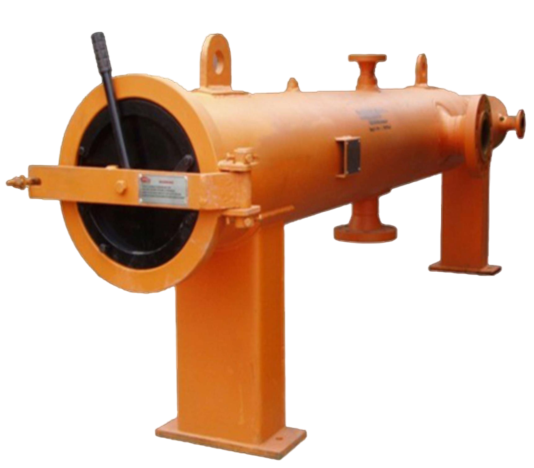
ABOUT EQUIPMENT
PIG LAUNCHER & RECEIVER
LAUNCHERS & RECEIVERS are designed for introducing and removing all different types and sizes of PIGS in and out of a pipe line system. Both, PIG LAUNCHER & RECEIVER are equipped with closures according to ANSI codes. The standard receivers are provided with mechanical PIG passage indicators. They have a bypass or kick-outline that is approximately one-third the pipeline size. They are also equipped with gauge (display unit), vent and drain outlets.
ABOUT EQUIPMENT
PIG LAUNCHERS & RECEIVERS are
designed for introducing and removing all different types and sizes of PIGS in and out of a pipe line system. Both, PIG LAUNCHER & RECEIVER are equipped with closures according to ANSI codes.
The standard receivers are provided with mechanical PIG passage indicators. They have a bypass or kick-outline
that is approximately one-third the pipeline size. They are also equipped with gauge (display unit), vent and drain
outlets.
TYPICAL APPLICATION
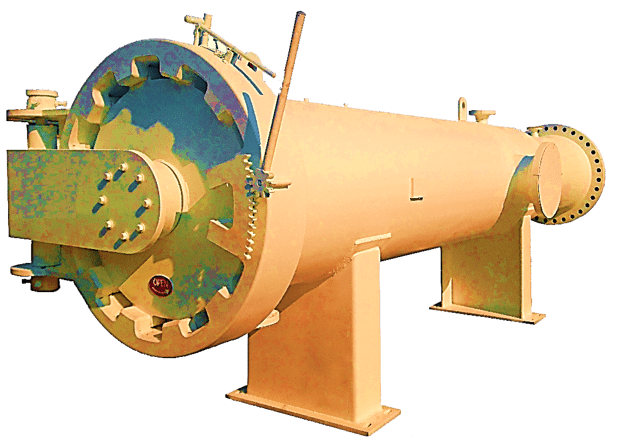
- Off-shore Application
- On-Shore Application
- Gas Transmission Pipelines
QUICK OPENING CLOSURE
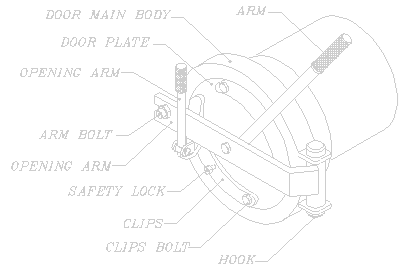
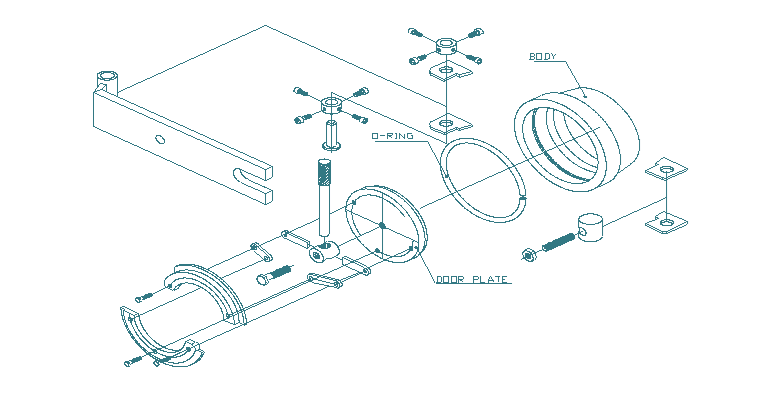 PEPCO closures provide horizontal or vertical access to pipeline pig trapsor any other type of pressure vessel.
PEPCO closures provide horizontal or vertical access to pipeline pig trapsor any other type of pressure vessel.
Our quick opening closures can be operated safely at remarkable speed; any size of closure can be opened or closed by one person in less than one minute, with no special tools required.
Meet requirements of ASME VIII Div. I the closure hub and door are manufactured from materials that fully comply with the requirements of ASME SEC.
II / ASTM and NACE MR 01-75 upon request.
TYPE DESIGNATION
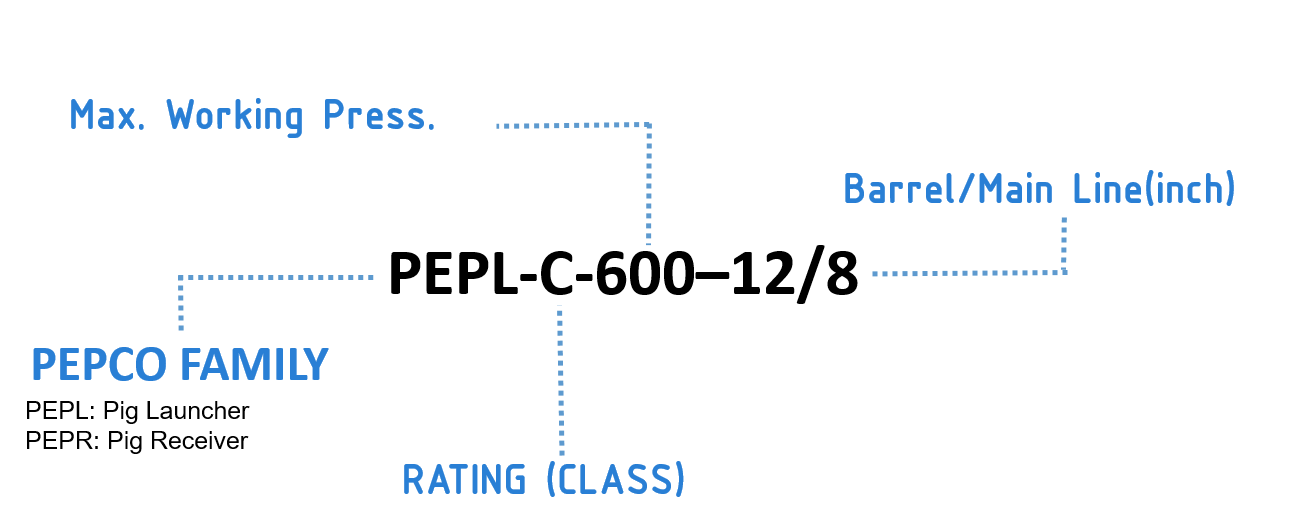
PIG LAUNCHING & RECEIVING PROCEDURE
Pig launchers are used to launch the pig into the pipeline, and pig receivers are used to receive the pigs after they have made a successful run.
The choice of these pig traps will depend on the type of pig to be run and pipeline design conditions. Provisions in the station design should include handling equipment for pigs 20″ and larger. Caution should be taken for liquid spillage from the pig traps.
Typical Pig Launching Procedures
The operational sequence described below is for general information only. It is not intended, nor should it be used, to train pigging system operators. Operating procedures will vary from one pipeline company to another. The following pig launching procedures can be used as a guideline for developing operating procedures.
Since company policies vary regarding whether the pig launcher is left on stream or isolated from the pipeline after the pig is launched, the operator should verify that the trap is isolated from the pipeline and depressurized before commencing any part of the launch procedure.
- In liquid systems, open the drain valve and allow air to displace the liquid by opening the vent valve. In natural gas systems, open the vent and vent the launcher to atmospheric pressure. When the pig launcher is completely drained (0 psig), with the vent and drain valves still open, open the trap (quick opening closure) door.
- Install the pig with the nose firmly in contact with the reducer between the barrel and the nominal bore section of the launcher.
- Clean the closure seal and other sealing surfaces, lubricate if necessary, and close and secure the closure door.
- Close the drain valve. Slowly fill the trap by gradually opening the kicker valve and venting through the vent valve. When filling is complete, close the vent valve to allow pressure to equalize across the isolation valve.
- Open the isolation valve. The pig is ready for launching.
- Partially close the main line valve. This will increase the flow through the kicker valve and behind the pig. Continue to close the main line valve until the pig leaves the trap into the main line as indicated by the pig signaler.
- After the pig leaves the trap and enters the main line, fully open the main line valve. Close the isolation valve and the kicker valve.
- The pig launching is complete.
Typical Pig Receiving Procedures
The operational sequence described below is for general information only. It is not intended, nor should it be used, to train pigging system operators. Operating procedures will vary from one pipeline company to another. The following pig receiving procedures can be used as a guideline for developing operating procedures. Since company policies vary regarding whether the pig receiver is left on stream or isolated from the pipeline, the operator should verify whether there is any internal pressure in the receiving trap before starting any part of the receiving procedures.
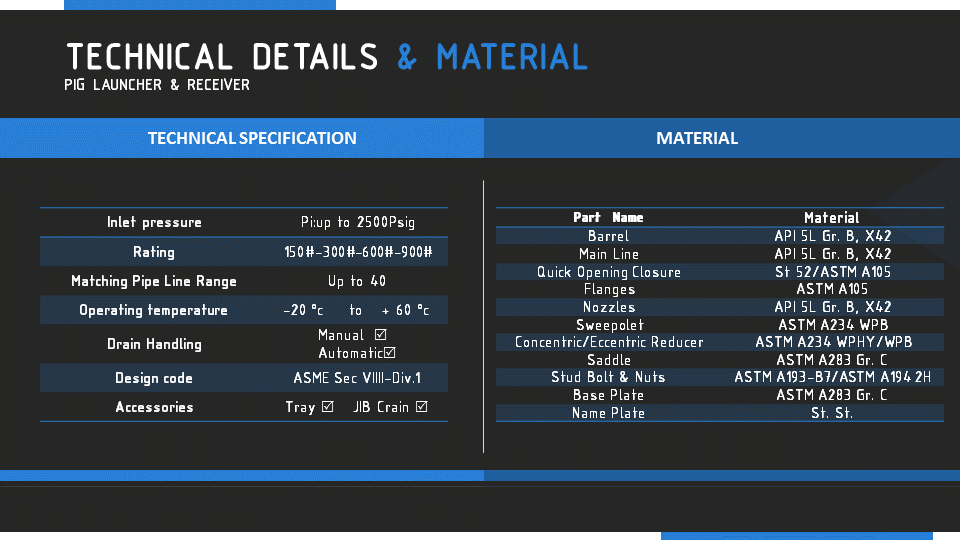

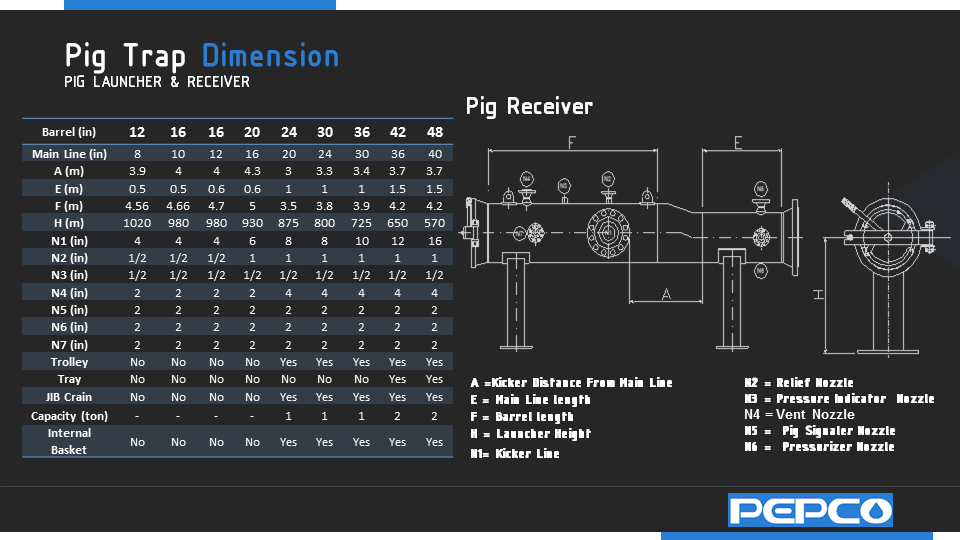

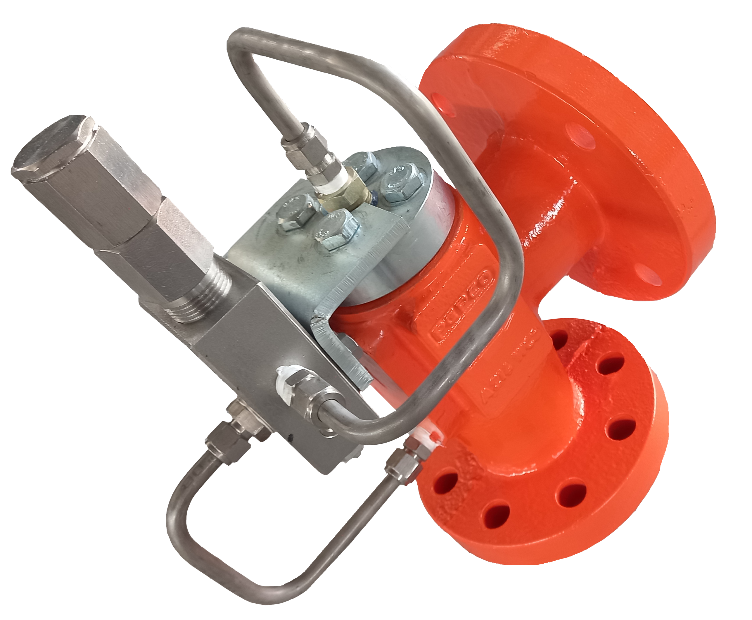
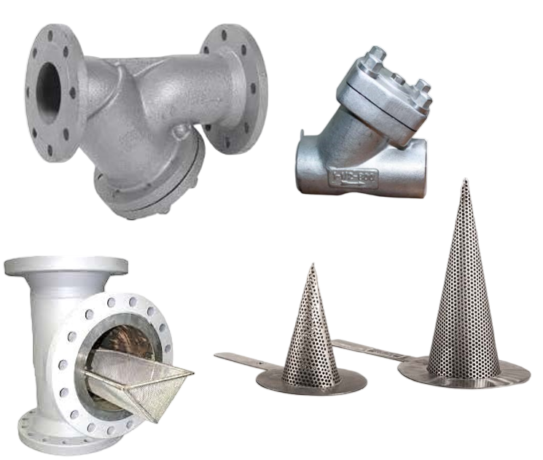
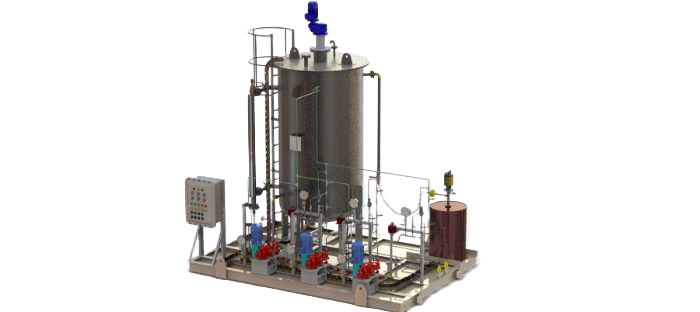
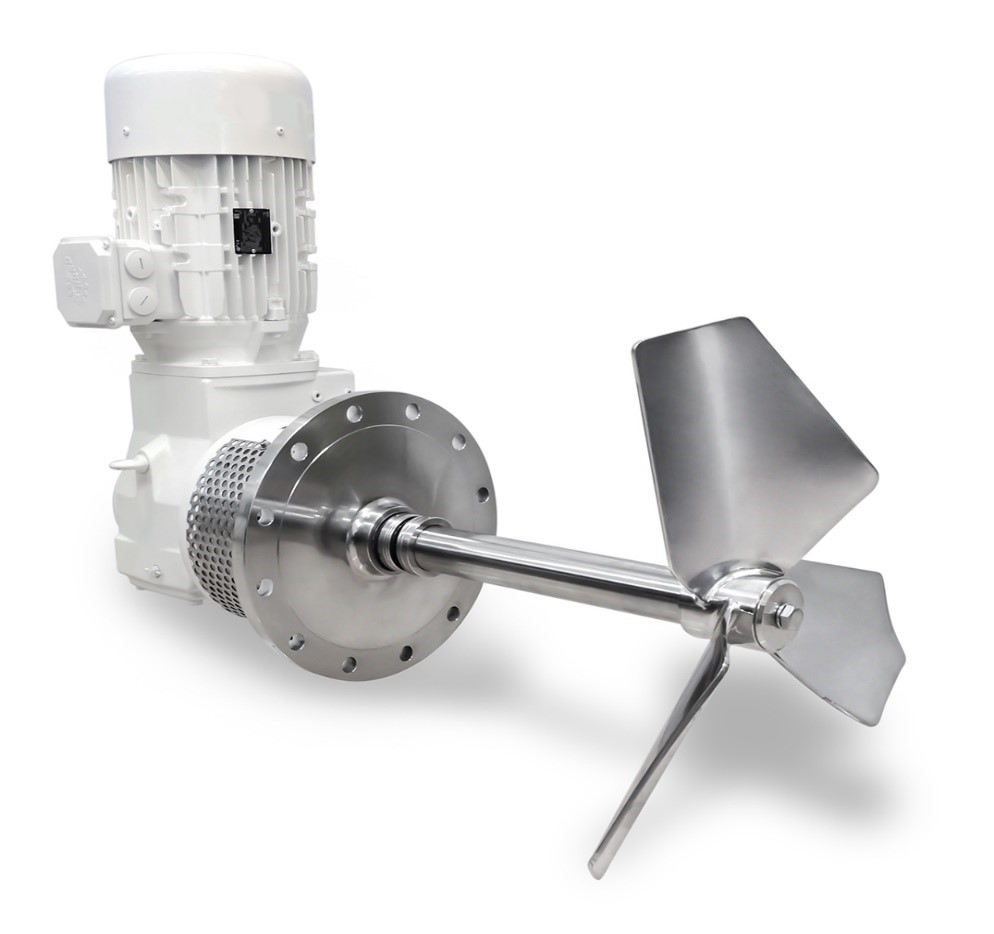
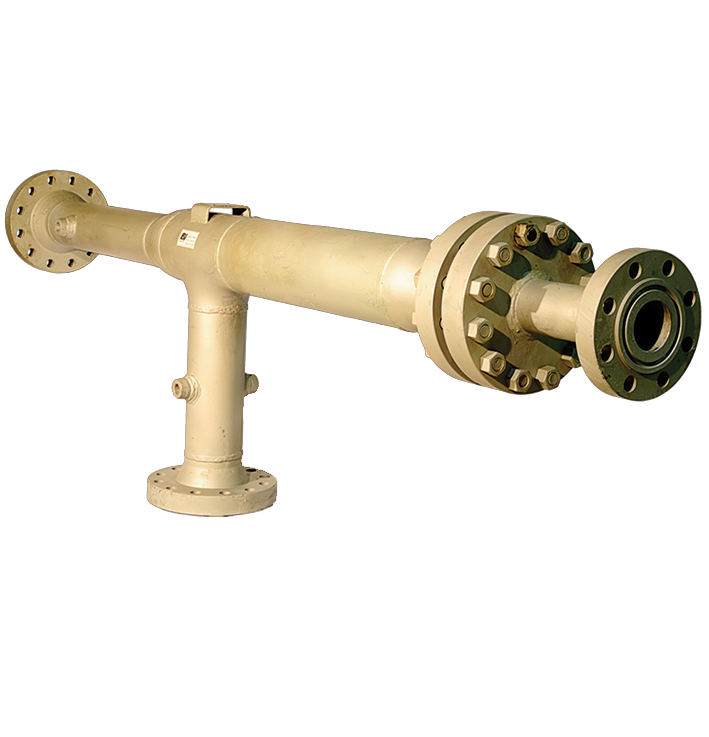
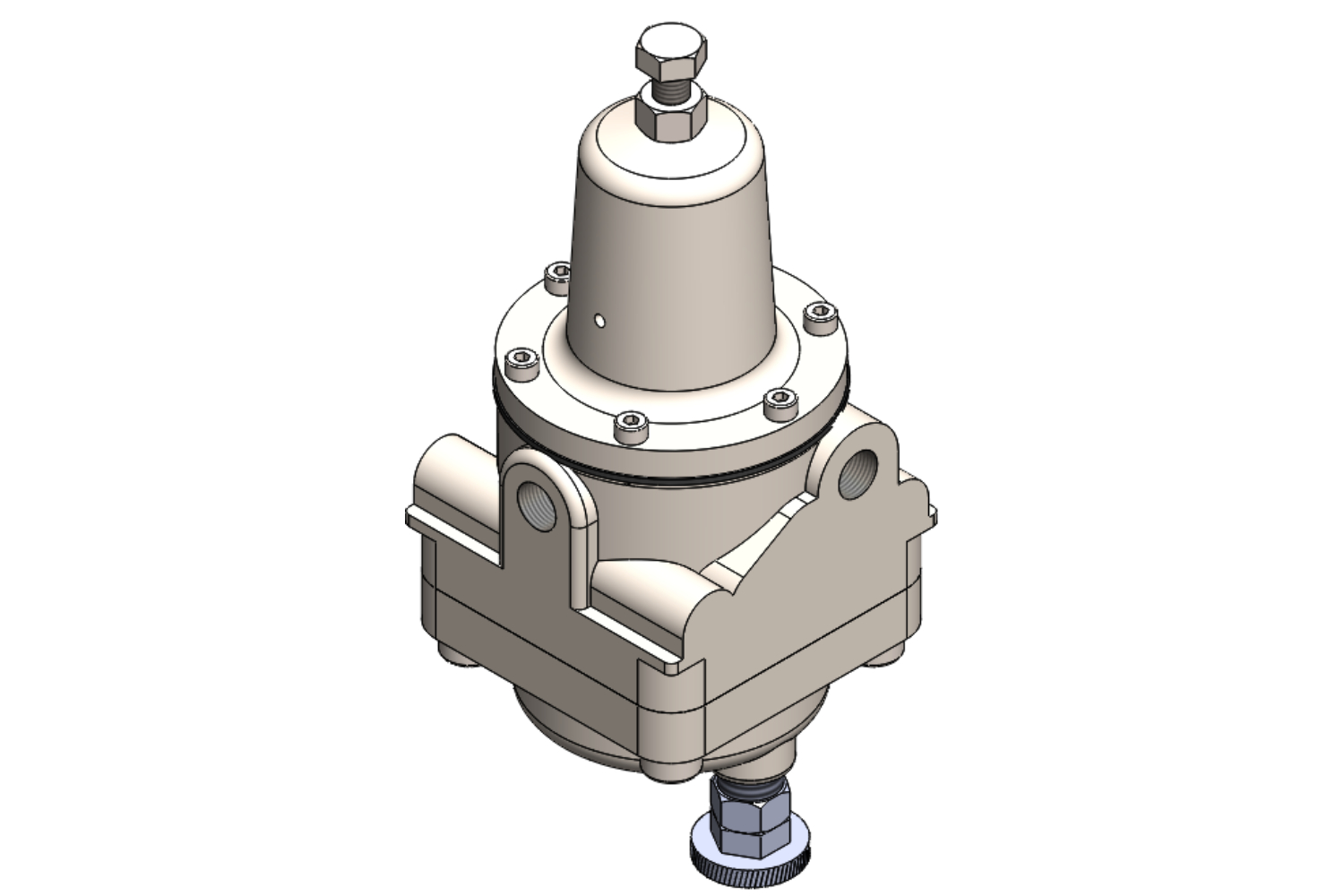
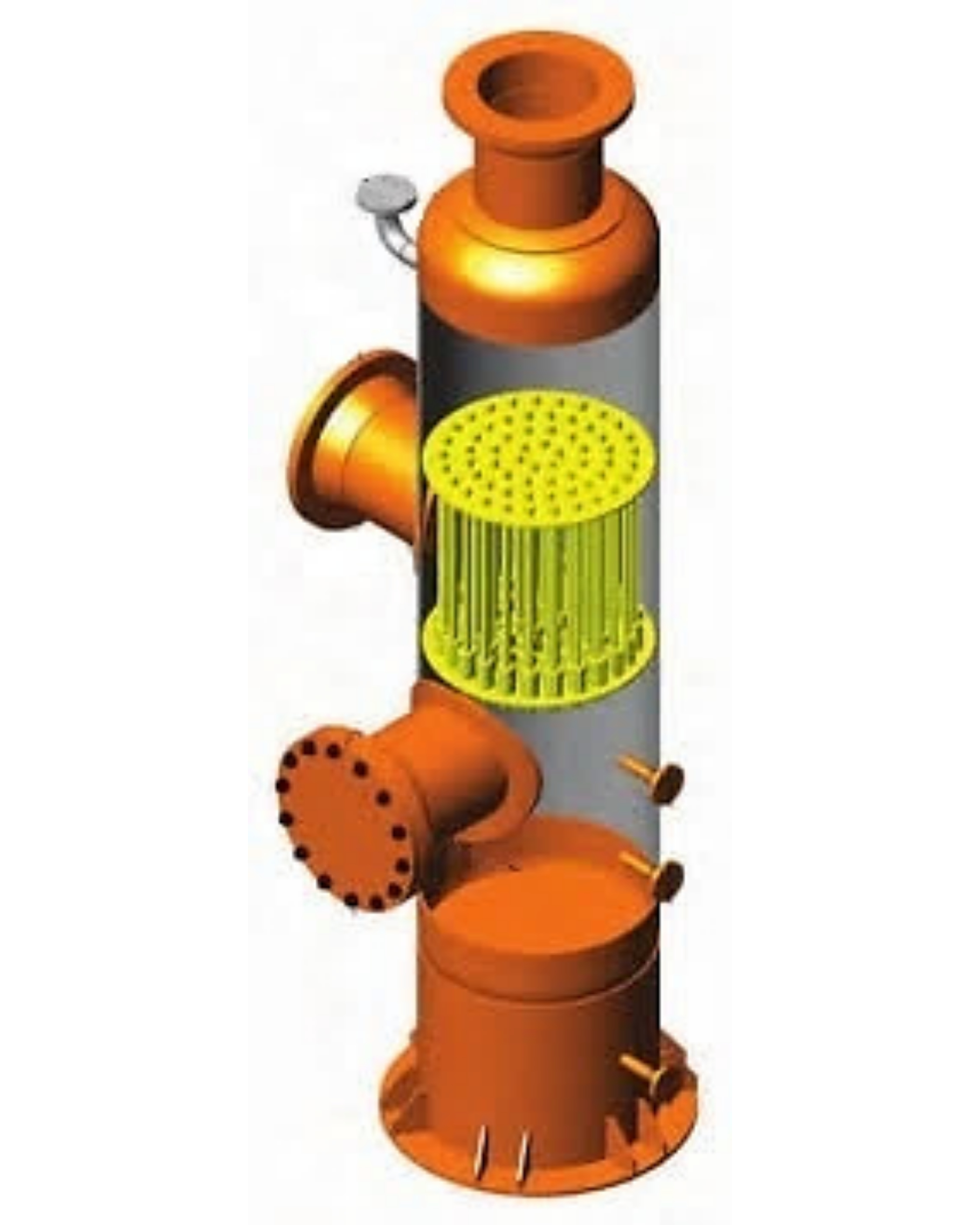
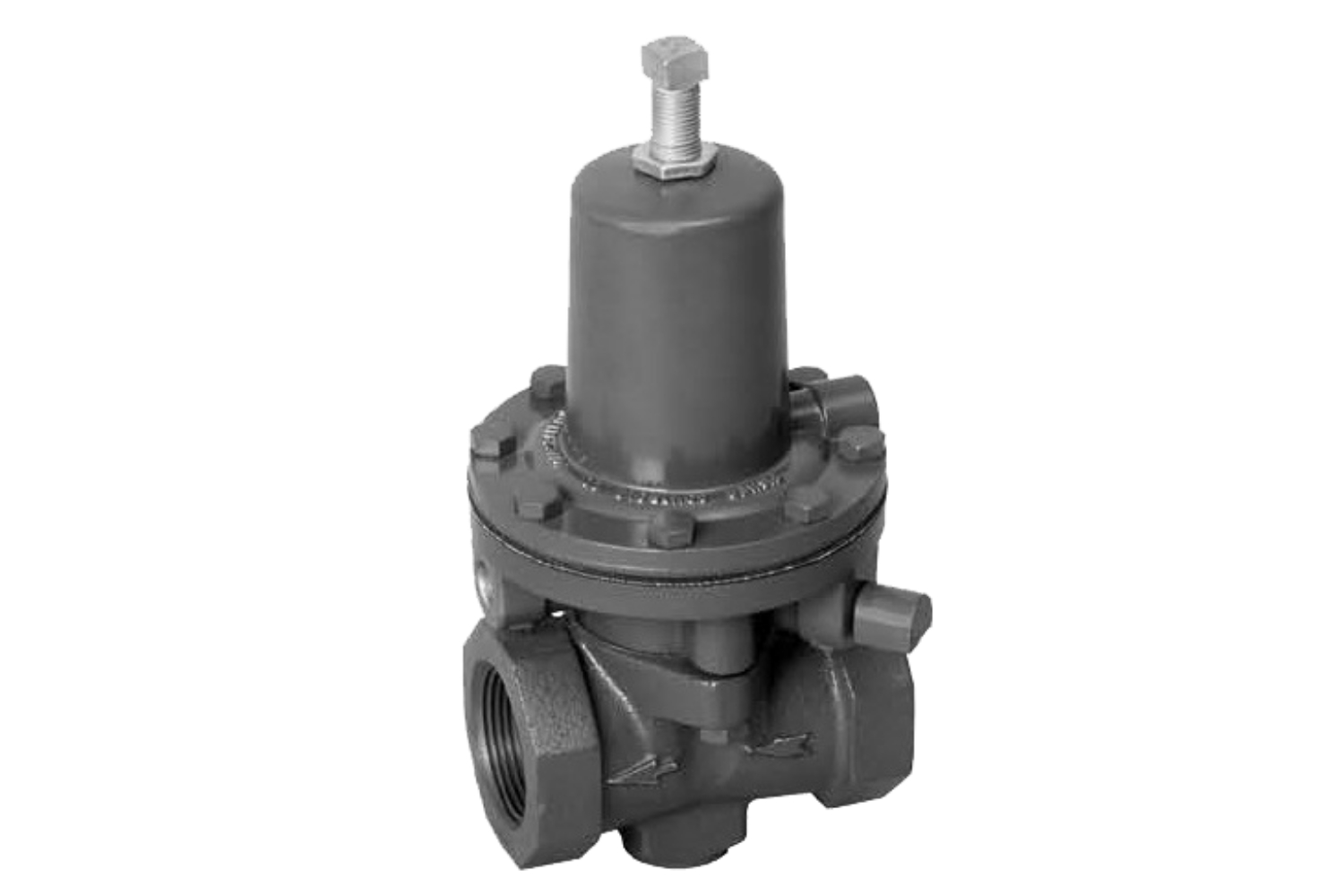
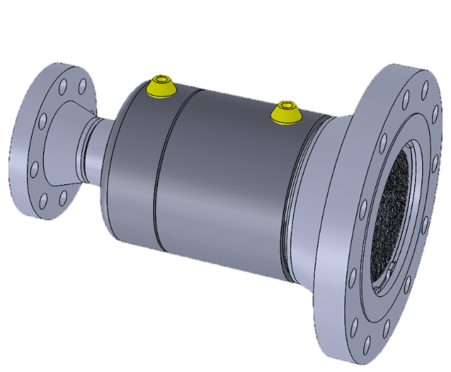
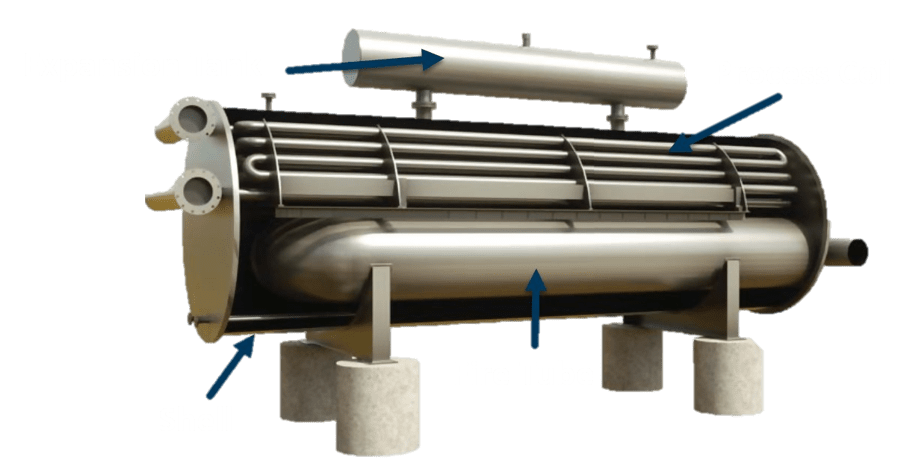
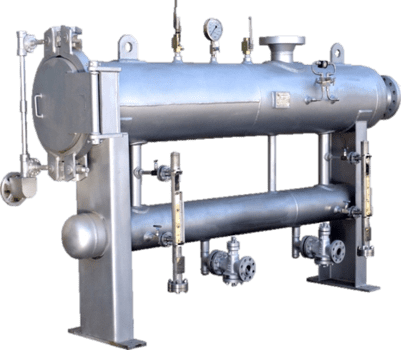
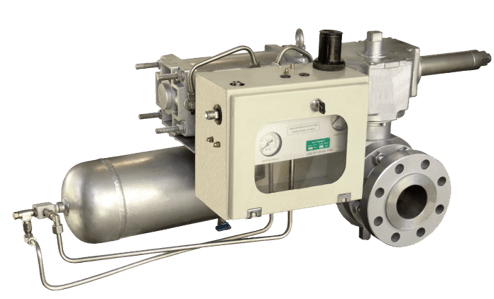
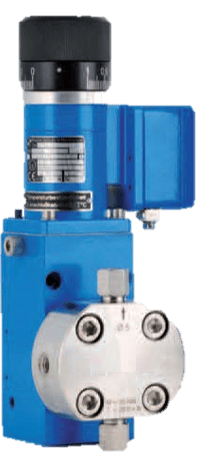
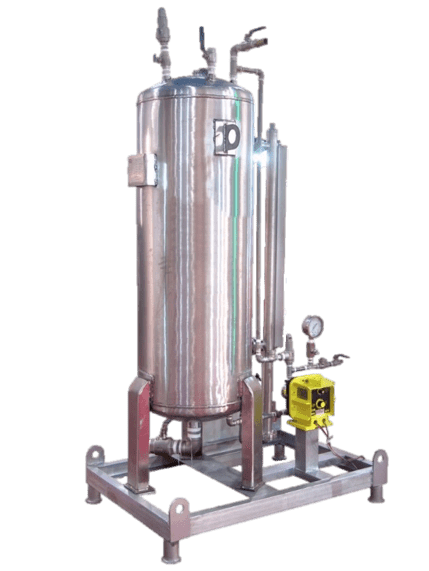
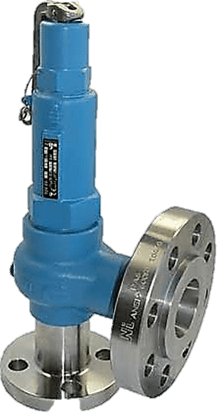
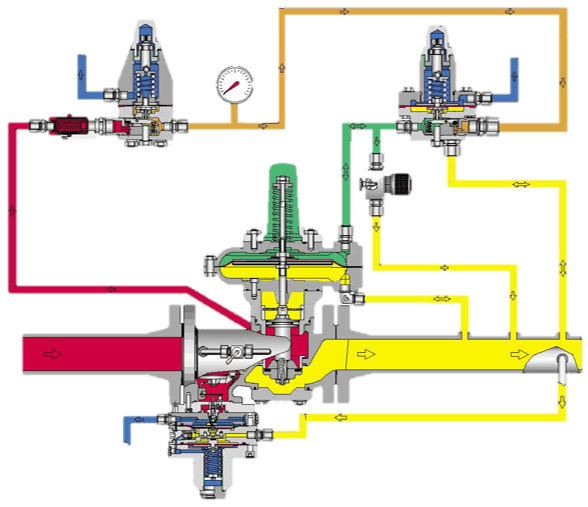
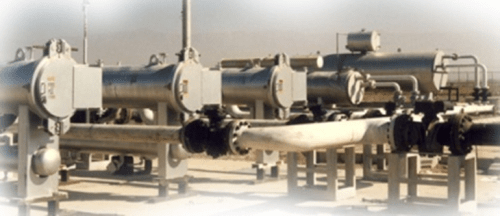
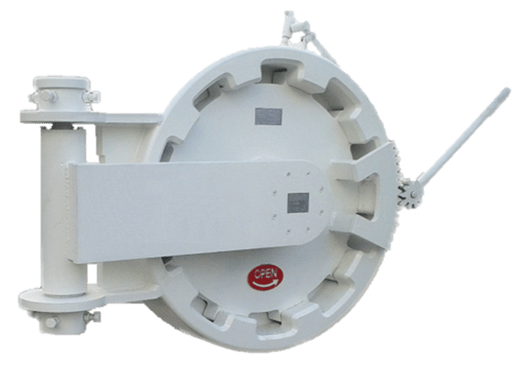
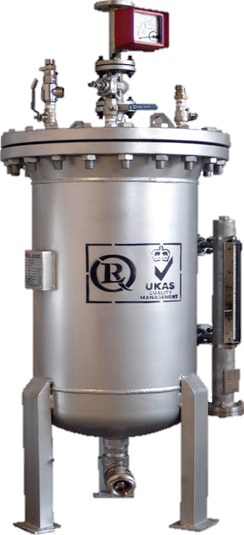
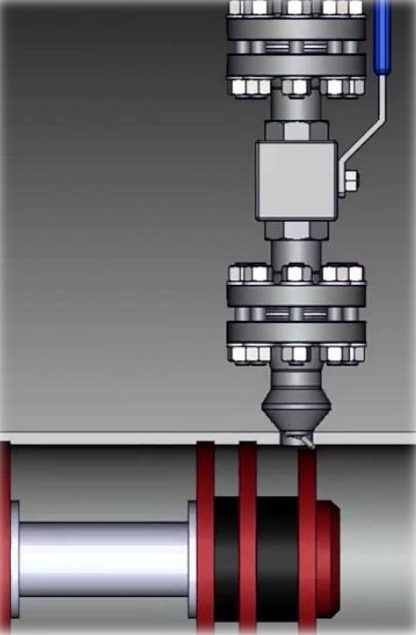
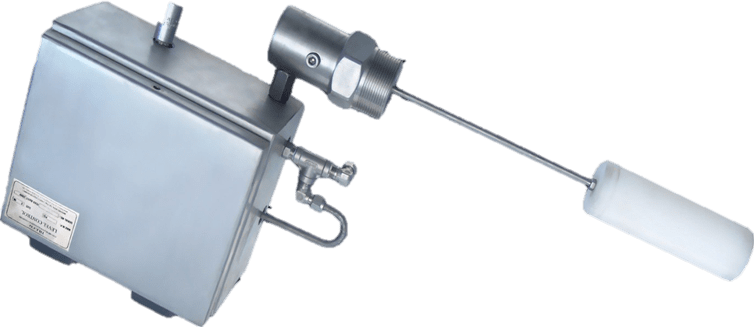
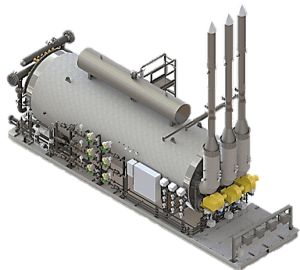
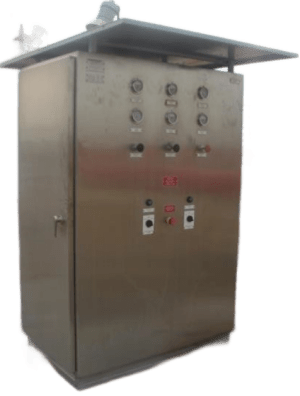
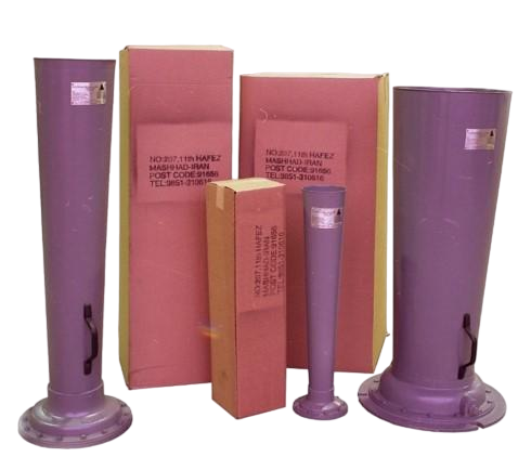
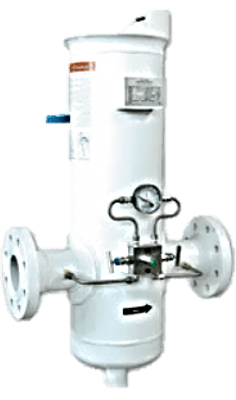
 Contact Us
Contact Us Engineering Group
Engineering Group
 Creative Strategy
Creative Strategy Download
Download